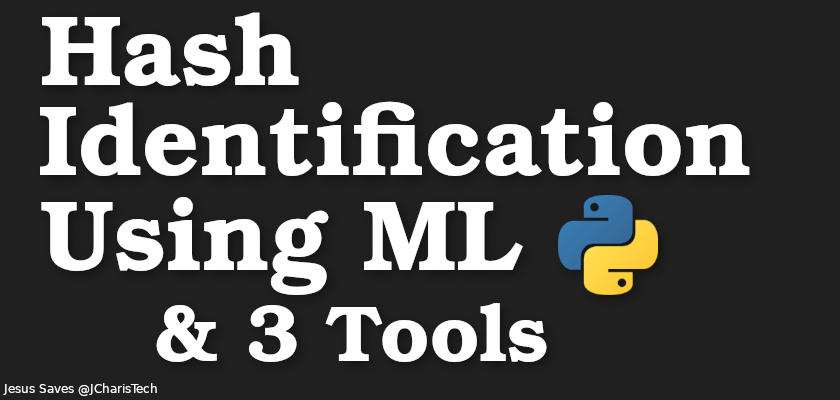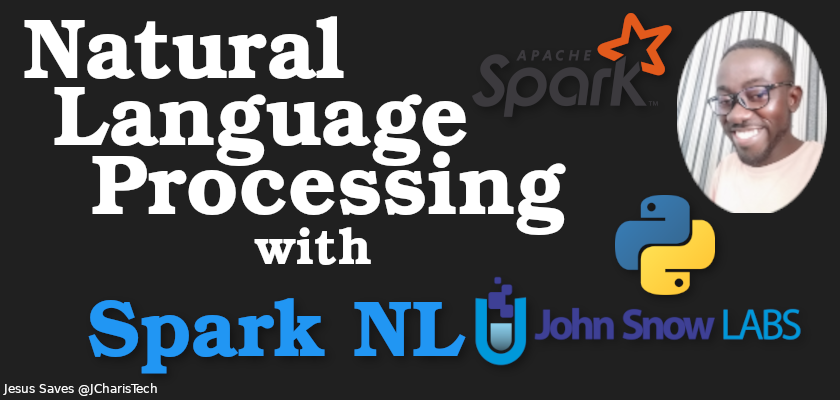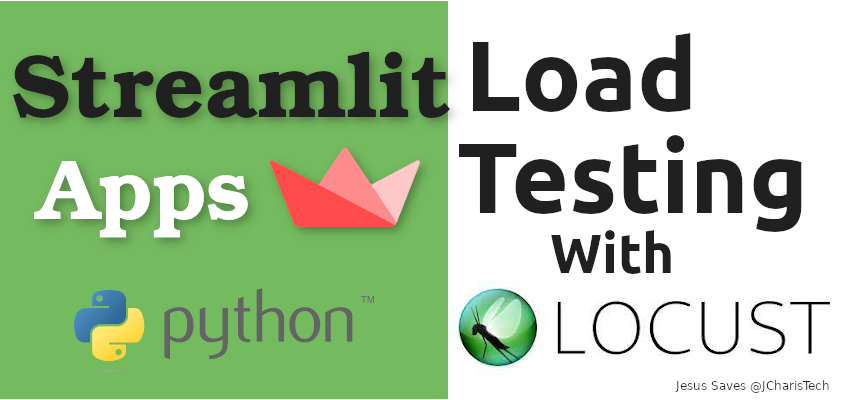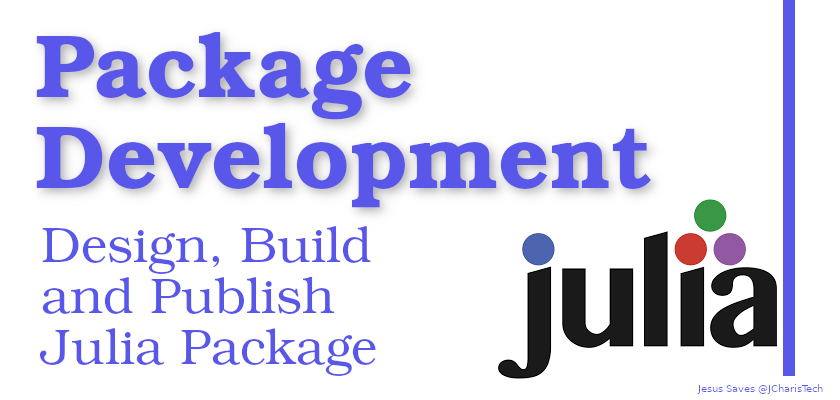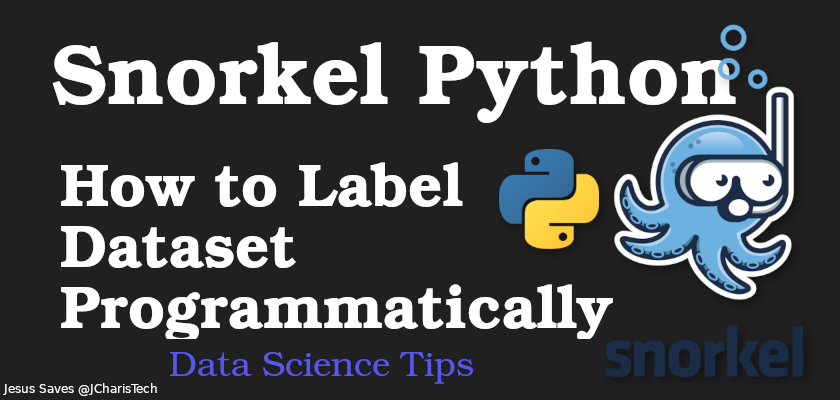How to Fix Gunicorn Connection In Use (‘127.0.0.1’, 8000) Error
In deploying web applications on a server specifically flask application, we use gunicorn, a wsgi software or server to run our flask app. However you may face certain issues and one of the commonest issue is the connection in use error. This occurs when there is something listening on the port that gunicorn is bound …
How to Fix Gunicorn Connection In Use (‘127.0.0.1’, 8000) Error Read More »
